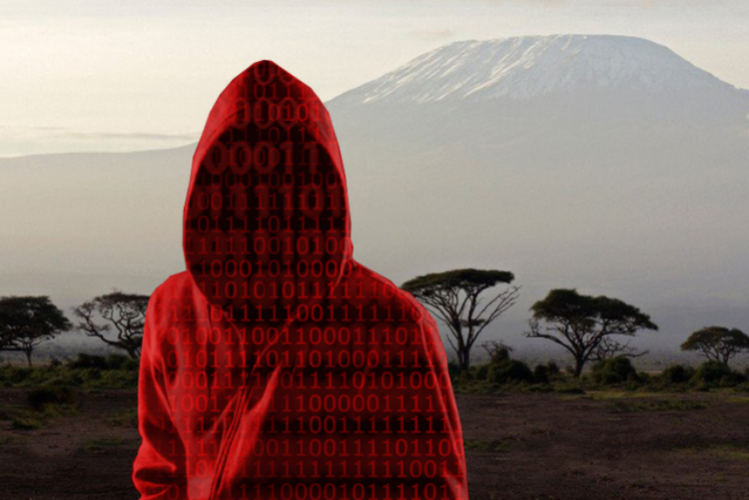A digital passport: if it were not for Pavel Durov ...

In Tanzania, an Irish healthcare company registered three babies in the blockchain. They are the first crypto children in the world. All the media in the sphere of digital economy liked this news. And then a new message appeared: Pavel Durov launches a new user authorization service for his messenger. In fact, it`s a digital passport. This information also became "hot" for a few days. But we still don`t know what can it lead to...
It is assumed that the "passport" will be used in all cases when the network needs to verify the identity and to register on a particular resource that requires authorization. So far the digital passport is planned to be created on the basis of scans or photos of real identity documents. And in the future, Durov plans to register all representatives of the human race initially "in the figure."
And everything seems to be convenient. There will be "one window" of access to everything in the world. But who will guarantee that this service will not become a tool for manipulation? Today it`s someone's personal data, then income, voters' votes and so on? For example, how telephone fraudsters manipulate people using stolen subscriber databases.
Not long ago, presidential aide Igor Schegolev at the conference on the protection of personal data expressed the hope that in the digital age the person's personality will still remain "analog."
Crypto technologies already allow creating legal attributes of a person (birth certificate, passport, death certificate), which will only exist in the network and will be confirmed by millions of users. However, none of this huge number of witnesses saw a real person in the eye. There will be an irresistible gap between objective reality and virtual reality. Now at the level of law. But this is only part of the problem.
Every day there is a thing or technology that includes a person in the global network. But imagine that your virtual personality (for example, coincident with the real one) suddenly "leaked out" and is used for illegal purposes. After all, new types of fraud and identity theft appear regularly. Illegally, they now assign not only property but a set of the personal data, a digital signature. And if there is a hacking of the entire digital passport, how can you prove that you did not take the millionth loan in your name?
No one guarantees the security of a digital passport. Modern legal systems are not able to operate with digital space fully. Courts are confused in precedents. Lawmakers can not find a common approach even to the blockchain. Citizens do not understand where their legitimate interests in the network begin and end. The legal situation in the modern Internet space is often a dead end. Technologies are new, and legislation designed to protect human rights is still old.
The lawyers to whom Bitnewstoday.ru asked the question of legal regulation in the context of the digital personality, say the same thing: "everyone was obsessed with the legal tech projects. Western law firms are actively using artificial intelligence to analyze documents and applications of citizens. But the Internet of things, artificial intelligence, analysis Big data are just tools. It's possible to talk seriously only about the new legal reality at conferences on the blockchain. "
But anyway, some conferences and legal special forums already discuss the topic that digital disputes will be solved by "digital judges", and "digital lawyers" will defend the interests of the plaintiff or the defendant.
The position of lawyers is unequivocal: neither the lawyer nor the judge will agree that he will be replaced by a robot and will do the right. It should only be done by a person. High-tech enthusiasts may be happy to create a parallel reality, but a person will never part with his power, with the right to sanctions and violence.
And if you drop the excessive exaltation: is it good that Durov makes a digital passport, and in Tanzania, people are registered in the blockchain? Then it becomes clear: any new technology or idea carries new problems. They have not been studied yet. And it is very short-sighted to break into the digital distance without covering the analog ones.